Description
Nigel Wiseman & Eric Brand
Digital Goods, eBook
9780912111179
Symptoms, Patterns, Diseases, Acupoints, Medicinals, and Formulas
A note on our eBooks: Our eBooks use Digital Rights Management (DRM), managed by Adobe, a systematic approach to copyright protection for digital media. Our eBooks are currently compatible with the Adobe Digital Editions reader, paired with an Adobe ID. Please see the eBook help page for more information on setting up and reading your eBooks.
Your access key and instructions will be sent in a separate email, apart from your order receipt, after payment is successfully processed, usually within 24-48 hours.
The English-language literature of Chinese medicine lacks reference materials. Since the very first acupuncture programs decades ago, students have compiled lists of textbook items they need to memorize. Students today still make lists, a somewhat surprising fact in a digital age. A Chinese Medical Reference: Symptoms, Patterns, Diseases, Acupoints, Medicinals, and Formulas is a complete set of lists designed to save all the work. This comprehensive reference work is compiled to the highest professional standards from original Chinese sources, and its digital format ensures easy searchability and maximum affordability.
As the title suggests, A Chinese Medical Reference: Symptoms, Patterns, Diseases, Acupoints, Medicinals, and Formulas presents the key Chinese concepts thematically in six sections, with each concept forming an entry. It presents 320+ symptoms, 130+ patterns, 130+ diseases, 400+ acupoints, 570+ medicinals, and 260+ medicinal formulas. With a total of 1,800 entries, it covers a comprehensive range of concepts, including the most-tested and commonly used, plus all the most-searched items in a course of study.
Throughout, Chinese terms are given in simplified and complex characters, so that they can be found by anyone who knows Chinese. Pinyin is given in accented and unaccented form, so that users can search whether they know the tones or have a system capable of entering tone marks. General terms can be searched by English, acupoints by alphanumeric codes, and medicinals by English and Latin pharmacognostic names.
The material has been drawn from other works. Symptoms, patterns, and diseases come from Chinese Medicine: Theories of Modern Practice, while acupoints, medicinals, and formulas have been extracted from our databases. Those works have all been compiled from Chinese sources, ensuring that students receive information of the same scope and quality as taught in China’s professional medical colleges.
A major problem for students is terminological inconsistencies between English-language authors. One and same concept may be represented by one term in one author and by a different term in another. Even more confusing, one and same term may refer to different concepts depending on the author. A Chinese Medical Reference: Symptoms, Patterns, Diseases, Acupoints, Medicinals, and Formulas avoids this problem with rigorous consistency. Each concept is referred to by a single English term that closely mirrors the Chinese original. Wherever that concept appears, it is always referred to by the same name.
When a concept is referred to by a single term every time it is used, students can develop their understanding of the concept by seeing how it used in different contexts. The digital format, so much more practical than the indexes contained in paper books, allows readers to search through a whole text, find each context, thereby enhancing their understanding. Since the digital versions of other works by Wiseman and his colleagues all use the same terminology, searches can be performed over a wide range of literature, including:
- Chinese Medicine: The Ideas that Shaped It
- Chinese Medicine: Theories of Modern Practice
- Comprehensive Chinese Materia Medica
- Concise Chinese Materia Medica
- Fundamentals of Chinese Acupuncture
- Fundamentals of Chinese Medicine
- Jīn Guì Yào Lüè
- Practical Dictionary of Chinese Medicine
- Shāng Hán Lùn
It is difficult to emphasize enough how digital information revolutionizes the learning process. Digital searches are far more efficient than look-ups from index entries. Instead of poring over isolated text, students can trace concepts throughout the text they are reading and beyond. Instead of making hand-written notes and indelible color marks on a paper copy, e-books give readers the ability to make editable bookmarks and highlights to personalize their information according to their changing needs. This reduces the need for passive memorization by rote and makes learning an active process of constant investigation.
Symptoms: The symptoms section starts with general conditions and then presents localized conditions from head to toe. This arrangement has the advantage of enhancing the traditional four examinations scheme, whereby certain symptoms of specific loci may appear in more than one of four places. Thus, all urinary symptoms are placed together, as are stool symptoms, even though they might normally be divided among the inspection, listening and smelling, and inquiry examinations in diagnostic textbooks. Each symptom is described in such as a way as to enable students to easily identify it and differentiate it from others. Indication of the patterns or diseases in which each symptom can appear further offers students avenues for further searches to develop their knowledge.
Patterns: The patterns section lists the patterns included in modern Chinese-language diagnostic textbooks. The information provided includes main names, alternate names, key signs, full description, related diseases, pathogenesis, analysis of signs, treatments, combined patterns, and further developments. The content of this section is drawn from Chinese Medicine: Theories of Modern Practice.
Diseases: The diseases section includes many conditions that, though scantily discussed in English language textbooks, are commonly seen in Chinese-language basic theory texts. All 130 commonly presented diseases are included.
Acupoints: The acupoints section includes all 365 channel points, as well a selection of commonly used non-channel points. The information provided for each acupoint includes location (as given in modern textbooks), classical location (as given in premodern literature), local anatomy, actions, indications, stimulus applied, and point categories
Medicinals: The medicinals section includes a broader range of agents than Western students are normally required to master. Items are arranged according to their actions, as in textbooks. The information provided for each item includes Chinese alternate names, properties (nature and flavor), actions and indications, dosage and method of administration, product quality, and production area. Note that the same information can be found in Comprehensive Chinese Materia Medica (Paradigm Publications, 2022), which contains over 6,000 medicinals in alphabetical order.
Formulas: The formulas section is arranged according to actions, as in textbooks. The information for each item includes ingredients, method of preparation, actions, indications, formula rationale (explaining what each ingredient does), and variations. Since individual ingredients can be found in the medicinals section, and the indications can be found in the symptoms, patterns, and diseases sections, students have a vast amount of information at their fingertips in one e-book.
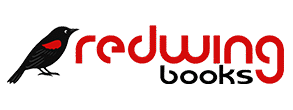
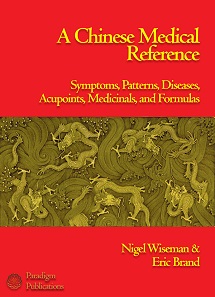
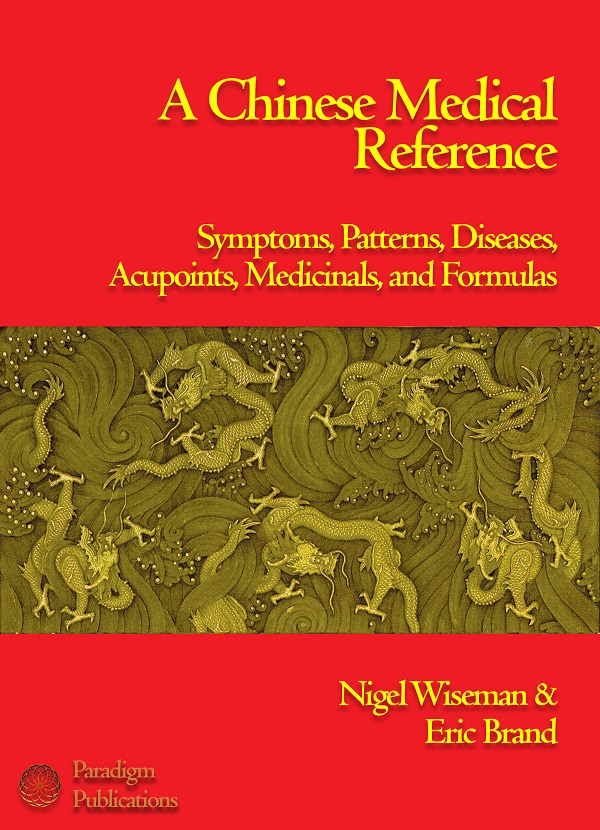
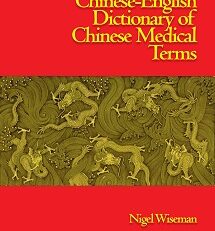
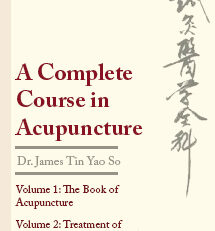
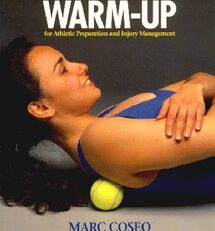
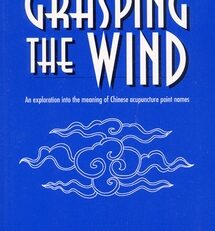
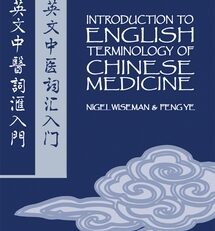
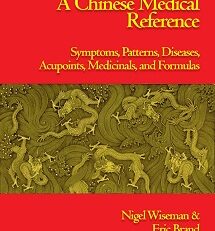
Reviews
There are no reviews yet.